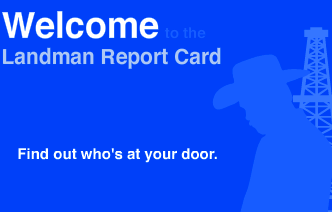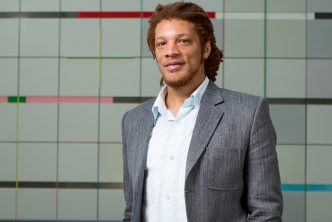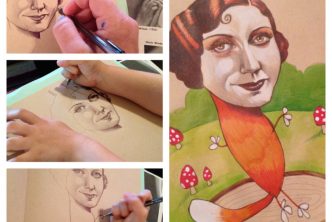This article, just out, has already made its way to Twitter and is generating many comments at the Chronicle of Higher Education. Quoting respected digital humanities scholars like Johanna Drucker (who visited MIT in 2012), Todd Presner (with whom Drucker co-authored the volume Digital Humanities), Brian Croxall, and Miriam Posner, Marc Parry presents a balanced assessment of debates over questions in the digital humanities, especially in relation to students’ interests and needs: “Do they even need a DH program? Should it be a major? A minor? A new department? How broadly do you define digital humanities?” Looking closely at Miriam Posner’s class, DH101 at UCLA, Parry follows students as they engage in critical exercises evaluating data, texts, and problems in using digital information. His main point? The humanities have traditionally allowed students to read closely and to think critically about new technologies, including writing and print. They continue to do so in the digital age: “The humanities, he [Todd Presner] says, can ‘humanize’ digital media by helping users understand what technology can and can’t do, by posing ethical questions, by providing social and historical perspective, by illuminating cross-cultural differences.” As Parry concludes, “These are ‘core values’ of the humanities, Mr. Presner says. ‘They need to be core values of the digital, too.'”
Having recently attended two excellent conferences debating the value of (digital) humanities–one at Hofstra University on the occasion of their opening a new Digital Research Center and the second at Northeastern University in Boston, called “New Media and American Literary History”–I can say that we in Literature, CMS/W, Foreign Languages and Literatures, HyperStudio, History, the Humanities Library, and all across SHASS, are doing innovative work in the digital humanities–much of that work initiated, I might add, among our graduate students, lecturers, and other junior staff as well as by professors. Although we do not meet under one umbrella called “Digital Humanities,” our projects contribute new programs, technologies, and pedagogy in a wide variety of areas. Literature faculty use MIT-designed tools like Annotation Studio (digital marginalia), Locast (digital mapping), and MetaMedia (multimedia archives), as well as an array of open-source programs in their classes. CMS/W now offers a class called “Digital Humanities: Topics, Techniques, and Technologies”. The HyperStudio is developing timelines and other forms of visualization along with Annotation Studio, for which it has received an NEH Implementation Grant. FLL has led the way in its uses of digital language-study tools, and History faculty are partnering with Hart Nautical Collection at the MIT Museum to digitize their maps and collections for classroom use.
These are just a few of the efforts that reflect MIT’s response to the challenges of digital information. But MIT has in many ways gone beyond what we might consider the fundamentals of digital learning. As the title of an MLA (Modern Language Association) session taking place in Chicago suggests, we can start thinking about whatever is “Beyond the Digital”–that is, going beyond big data, visualization, and archival storage to what the session identifies as a critical next step: “Pattern Recognition and Interpretation.” Our students, like those in the classes this article describes, can not only grasp, organize, and store data but also see the meaningful patterns and modes of interpretation information can inspire. Thoughtful use of these tools can stimulate critical thinking and reading across a range of disciplines and open up learning for our students in unanticipated ways.





